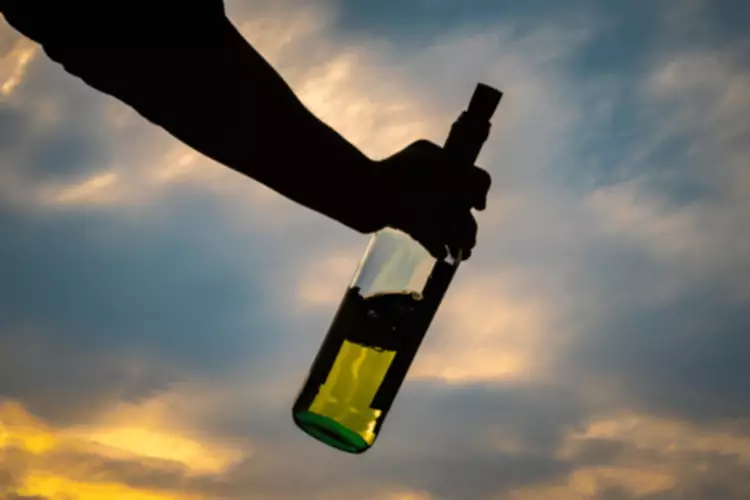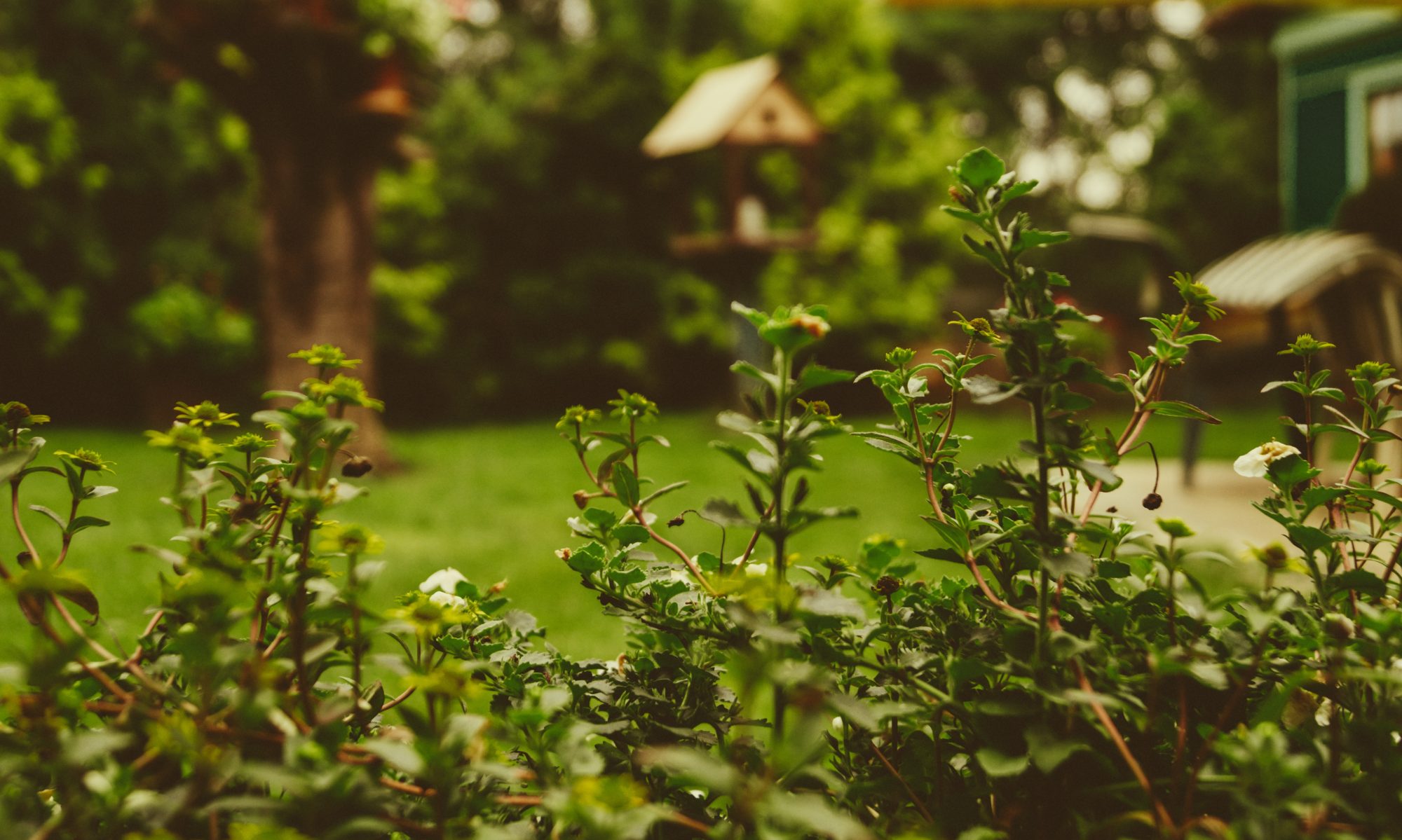
Treatment can vary depending on the severity of your addiction but typically includes a combination of detox, inpatient care, support groups and sober living aftercare. If you or someone you love is struggling with alcohol abuse and addiction, The Recovery Village at Palmer Lake can help. Located on a 15-acre campus in the beautiful mountains of Colorado, our state-of-the-art facility can provide you with the ongoing support needed for lifelong addiction recovery. Contact us today to learn more about treatment programs that can help you begin the journey to a healthier, alcohol-free future. Drinking can increase the effects of existing rosacea and may increase the risk of this condition developing.
- While the condition can’t be entirely reversed, various treatment options can help manage its symptoms and improve the nose’s appearance.
- But we do know that drinking can cause more flushing in people with rosacea.
- Contrary to the stereotype that rhinophyma is caused by alcohol or alcoholism, rosacea is actually the cause of rhinophyma.
- A growing body of evidence points to alcohol as an important modifier of mucociliary clearance, which is the first line of defense for the lungs.
- Unfortunately, doctors are not yet clear on the direct cause of rhinophyma.
Why Alcohol Abuse Gets The Blame For Rhinophyma
This variance could not be explained by other obvious factors such as cigarette smoking. They found no differences in CBF among the subjects related to alcohol intake. In contrast to these few clinical studies, a larger body of literature indicates both short and long term effects of alcohol on the mucociliary apparatus. A common misconception is that alcoholic nose is solely caused by excessive alcohol consumption. While many individuals with rhinophyma may drink alcohol, the condition is also present in those who do not, challenging the stigma that links alcohol consumption to the disorder. Alcohol can exacerbate rosacea symptoms, but it is not the primary cause of the condition.
- Environmental triggers are highly individual, meaning that what affects one person may not affect another.
- Some signs of alcohol poisoning include confusion, vomiting, pale skin, slowed-down breathing, and loss of consciousness.
- We work with a network of addiction rehabs throughout the UK and also some internationally.
- Indeed, alcohol vapor excreted into the airways in this manner forms the basis of the breath test used to estimate blood alcohol levels (Hlastala, 1998).
Alcoholic Nose And Rhinophyma
If you have a severe form of an alcohol use disorder, we always recommend a medical detox with medical professionals and sometimes, detox medication. Medical advice for rosacea treatment includes risk factors people can avoid to lessen their instance of flare-ups, which may include some lifestyle changes. The social stigma related to alcohol abuse and alcoholic nose highlights the social pressures and barriers that still exist for those with substance abuse issues. However, a scientific study that came out in 2015 at the University of South Florida Morsani College of Medicine dismantled the theory that alcohol abuse and alcoholic nose are connected. Asthma, defined as reversible airflow obstruction, has been linked to alcohol intake for millennia.
Understanding Alcoholic Nose: Causes and Treatment
There is even an anecdotal report that suggests small amounts of alcohol present in some inhaled corticosteroid preparations can act as a trigger for asthma for certain individuals (Antonicelli et al., 2006a). Interestingly, Myou found that inhaled ethanol did not trigger bronchospasm in Japanese subjects with alcohol-induced asthma. Indeed, inhaled ethanol attenuated methacholine-induced bronchospasm in these asthmatics (Myou et al., 1996). Drug rehabilitation This is likely due to the inability of the airway epithelium to significantly metabolize ethanol into acetaldehyde. This study is consistent with the hypothesis that alcohol, in the absence of acetaldehyde or congeners, does not trigger asthma even in susceptible individuals with impaired ALDH2 function. This hypothesis is further supported by an animal study that determined that aerosolized acetaldehyde but not ethanol induced histamine-mediated bronchoconstriction in guinea pigs (Myou et al., 1994).

Revitalize Your Journey: Power of Yoga in Recovery
Understanding these factors can help in managing and possibly preventing the condition. Additionally, alcohol addiction has been linked to the exacerbation of rhinophyma, highlighting the importance of addressing alcohol use in managing this condition. Medication is not always enough to control rhinophyma once it has developed. Many times, it can be stubborn and require something stronger, in this case surgery. However, if a case of rhinophyma is less severe, some of the treatments we discussed for rosacea may be used. However, it’s always important to keep in mind that rhinophyma ultimately manifests itself as a side effect of rosacea.

Furthermore, you deserve the time and commitment you will invest in your future self. However, it is very important to note that rosacea and rhinophyma can be agitated by things other than alcohol. Stress, sleeplessness, dehydration, depression, improper diet, dry skin, and many other factors can agitate rosacea and rhinophyma. If you use rhinophyma as a starting point to monitor a close friend or loved one, you can look for agitation of their rosacea symptoms over time. The more alcohol they consume, the more aggravated their symptoms will be and the more they will spread.
Cocaine Addiction
- Severe cases of rhinophyma can see an individual develop an extremely bulbous nose, so much that it appears to be quite disfigured.
- If you’re worried about alcohol consumption leading to drinker’s nose or rhinophyma, you may also show signs of alcohol abuse.
- However, there are several treatments that you can try to control symptoms and reduce visible redness.
Using alcohol heavily, especially over a long period of time, can have a devastating effect on your health. While the idea that alcohol causes rhinophyma has been popularized in movies and illustrations, studies do not support this stigma. However, alcohol may still play a very alcoholic nose small role in increasing the risk of developing this condition. Rhinophyma, the condition often referred to as alcoholic nose, has a red, swollen, lumpy appearance. The nose may also have a purple-colored appearance and could be mistaken for having warts or other skin blemishes that look like protruding lumps.
Overcoming Heroin Withdrawal: Are Detox and Rehab the Best Way?

If you are concerned you may be developing rhinophyma, speak to your doctor about =https://ecosoberhouse.com/ available treatments and lifestyle changes that might help. In severe cases, without intervention, the nose may appear completely enlarged and disfigured, mostly on the bottom two-thirds and tip. For some people, the condition can spread to the chin or the ear, causing extra tissue growth and disfigurement. Rhinophyma develops over many years, making the nose appear tuberous or bulbous with red discoloration. The vessels on the nose enlarge, cysts and pustules may erupt, making the skin extra oily, and the tissues on the end of the nose appear as if they expand. Though drinking alcohol may contribute to facial flushing, there is no definite connection between drinking alcohol and those with end-stage rosacea.
Alcoholic Nose: Symptoms, Causes, and Treatment
At this juncture, alcohol downregulation of airway ciliary PKA represents the most likely mechanism that causes alcohol-induced impairment of mucociliary clearance. The consequence of prolonged exposure to alcohol was desensitization of the mucociliary apparatus, meaning that cilia could no longer be stimulated during stress, such as following aspiration of bacteria. This hypothesis better fit the notion that airway mucociliary clearance is impaired in chronic drinkers. Whether these mechanisms were operative in vivo required studies of cilia in animals. Later more elegant in vivo studies in mice and kittens by Laurenzi demonstrated profound effects caused by injections of intraperitoneal (IP) alcohol on mucociliary clearance (Laurenzi and Guarneri, 1966).

